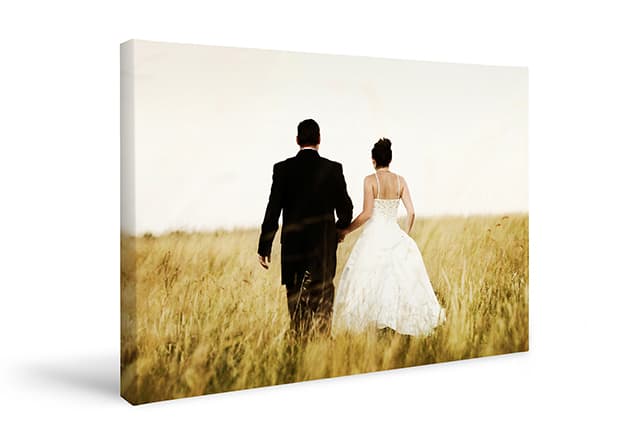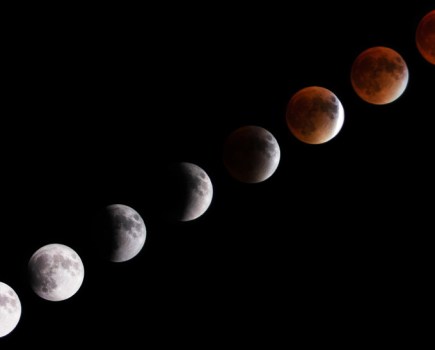Acrylic Glass
Photos under acrylic glass feel elegant and high-end, and have an intense brilliance. The material is durable, crystal-clear, and really brings out the colours. The photo is mounted behind acrylic glass – also known as Plexiglas – which adds a sense of depth to the scene. The thicker the acrylic, the bigger this effect becomes. With this kind of depth, very colourful photos, architectural images, underwater shots, portraits, and night photography can really make a statement. Liquid silicone is used for the mounting process. The advantage of this is that, unlike conventional adhesives, the silicone never dries out completely, meaning it adjusts to shifts in temperature and doesn’t break. Depending on your lighting or viewing angle, there can be reflections. For that reason, a picture’s position and lighting are especially important. If you’d prefer to avoid reflections altogether while still keeping the acrylic glass, then I recommend the matte variation as it’s practically glare-free.
Canvas
Photos on canvas have a classic feel, making the substrate perfect for landscapes, still lifes and portraits. They emanate warmth and understated elegance. The photo is printed directly onto the canvas and takes on the look of a painting, thanks to the texture of the surface. There’s the option to choose the thickness of the stretcher frame your canvas is wrapped on, determining the degree to which your picture will appear above the wall. If you like, you can also add a picture frame – in certain rooms, canvas won’t feel quite right without a nice frame.
Aluminium
Photos on aluminium feel both high-end and contemporary. Usually you’ll have lot of options! For starters, there’s a matte or glossy photo print mounted on an aluminium backing panel. Then, there’s also the direct print on a white-primed aluminium. The latter is particularly great for high-contrast images with an abundance of straight lines, such as architectural photos. The finish also prevents glare. The direct print is also available in a brushed look, in which the bright sections aren’t printed so that the textured aluminium remains visible. This metallic sheen is extremely effective for mechanical images, such as car photos. Aluminium has a modern and minimalistic feel, and it’s extremely durable and weather-resistant.
For those who want to combine high-gloss, durability, and brilliant colours, I recommend looking at an HD Metal Print. For this, aluminium that’s just 1mm thick is used and a thermal sublimation printing process, which uses high pressure and heat to more or less put the image into the aluminium. The pores of the material take in the image and then close up, so the image is practically absorbed into the aluminium. This makes it extremely durable – you could even hang it in sheltered outdoor areas or in rooms with a high level of moisture. Also, since it’s so thin, even giant pictures are incredibly light.
Wood
Those who like to work with natural materials should opt for wood. Photos on wood irradiate a certain warmth and have a natural look. The photos are mounted on wood panels that are 18mm thick, turning them into a photo block of sorts. This is an out-of-the-ordinary and modern way to display images. At WhiteWall, you can choose between wood in natural or anthracite grey edges. It goes without saying that nature shots look outstanding on the natural-look plywood. Among its many applications, I’ve found the anthracite grey panel particularly great for black-and-white photos.












